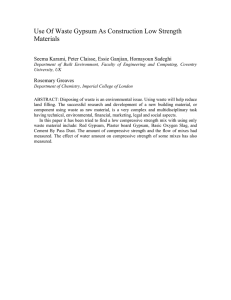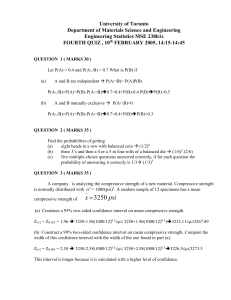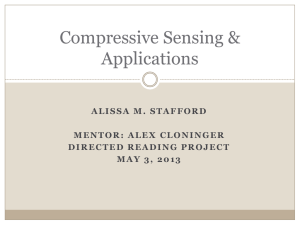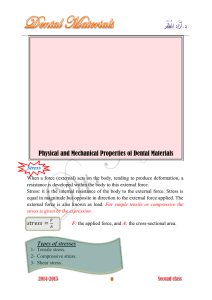Unified Frame Structure
advertisement
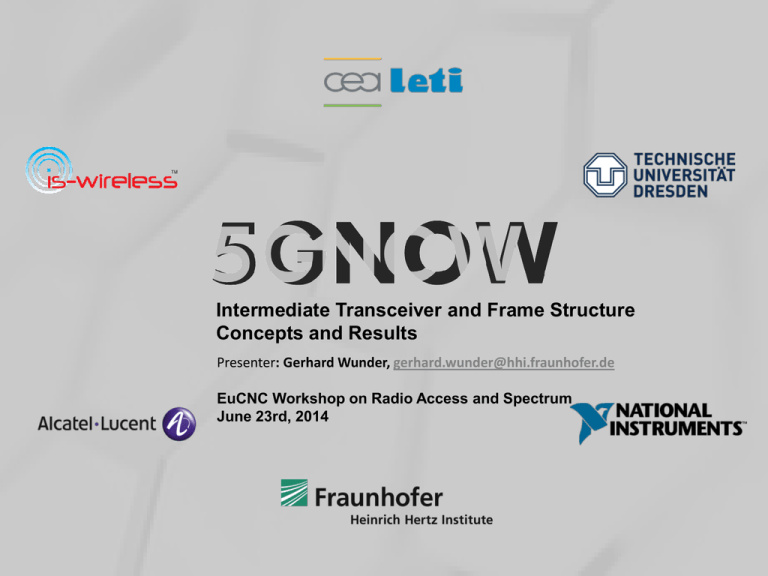
Intermediate Transceiver and Frame Structure
Concepts and Results
Presenter: Gerhard Wunder, gerhard.wunder@hhi.fraunhofer.de
EuCNC Workshop on Radio Access and Spectrum
June 23rd, 2014
What is 5GNOW?
5GNOW (5th Generation Non-Orthogonal Waveforms for Asynchronous
Signalling) is an European collaborative research project supported by
the European Commission within FP7 ICT Call 8.
Who is in the consortium?
Fraunhofer HHI (coordinator), Germany, Dr. Gerhard Wunder
Alcatel Lucent (technical coord.), Germany, Thorsten Wild
Technische Universität Dresden, Germany, Prof. Gerhard Fettweis
CEA-LETI, France, Dr. Dimitri Ktenas
IS-Wireless, Poland, Dr. Slawomir Pietrzyk
National Instruments, Hungary, Dr. Bertalan Eged
www.5gnow.eu, LinkedIn group
Vision:
• 5GNOW is the physical layer evolution of mobile communication network
technology such as LTE-Advanced towards emerging application challenges.
23.06.2014
2
(1) 5GNOW Status
(2) Sporadic Traffic Support
Outline
(3) Compressive Random Access
(4) Conclusions
23.06.2014
3
5GNOW Time Plan
Milestone I: Initial system concept.
()
Milestone II: Waveform selection and basic MAC features.
Altogether 8 deliverables submitted.
()
()
23.06.2014
4
5GNOW Status/Topics
D2.1 (public): 5G application requirements/scenarios
Scenarios:
Super high-rate /CoMP, Sporadic
traffic / IOT, Fragmented spectrum / Digital Agenda,
Very low delay / Tactile Internet
D3.2 (confidential): Waveform design
G. Wunder, P. Jung, M. Kasparick, T. Wild, F. Schaich, S. ten Brink, Y. Chen, I. Gaspar, N. Michailow, A. Festtag, G. Fettweis, N. Cassiau, D.
Ktenas, M. Dryjanski, S. Pietrzyk, B. Eged, P. Vago, and F. Wiedmann, “5GNOW: Non-Orthogonal, Asynchronous Waveforms for Future
Mobile Applications“, IEEE Communications Magazine, 5G Special Issue, Feb. 2014
D4.1 (public, IR4.2): Complementary MAC design/Robustness framework
G. Wunder, J. Schreck, and P. Jung, “Robust Iterative Interference Alignment for Cellular Networks with Limited Feedback", Preprint
available at: http://arxiv.org/abs/1308.6750, IEEE Transactions on Wireless Communications, revised
Main result: Unified Frame Structure concept + Waveforms + 5G
Random Access
23.06.2014
5
Sporadic Traffic
Support
23.06.2014
6
Sporadic Traffic
Sporadic traffic: device wakes up once in a while, sends a few data
packets and goes back to sleep
IoT machine-type communications (3GPP: >30000 devices/cell
Internet of Things (IoT)
Smartphones‘ short messages
TI fast access: <1ms latency
Requires fast asynchronous access with control signaling and
devices’s payload “in one shot”
Tactile Internet (TI)
4G does not scale: Bulky access procedure (scheduled access only); large
overhead (up to control/data ratio up to 2000%) and high latency (>10ms)
23.06.2014
7
Frequency
Illustration of 4G / 5G-PRACH
Contention Based Access
Frequency
Sporadic Traffic
Scheduled Access Data
PRACH
PRACH
Payload
Payload
Time
Time
Elements of 5G random access:
“Fast” sporadic traffic support in physical layer random access
channel (PRACH)
23.06.2014
8
Sporadic Traffic
Many users can potentially access the resource; resource is not designed
to accomodate all users
Data and control in the same resource („one shot transmission“); control
cannot be separated from data
Example dimensions: 100k x >20kBit/s x 100us delay spread
LTE-A 4G: B=20 MHz, T=1ms subframe yields 20000 dimensions!
Impossible to reserve data and control resources for any number of devices!
Exploit sparsity of
user activity
message sizes
and channel profiles is expected
Mixture of overload situation under sparsity and compressive
measurements: : Compressive Random Access
23.06.2014
9
9
Compressive
Random Access
23.06.2014
10
Compressive Random Access
Frequency
Unified frame structure
Traffic classes require common
control signalling
Compressive measurements in
dedicated slot ℬ
Underlay signaling
ℬ{
Goal: 5G PRACH illuminates the
full bandwidth of all user’ channels
Type IV
Type III
Type II
Type I
Time
G. Wunder, P. Jung, W. Chen, “Compressive Random Access for Post-LTE Systems“, IEEE ICC'14 Workshop on Massive
Uncoordinated Access Protocols, Sydney, Australia, June 2014
23.06.2014
11
Compressive Random Access
Theorem:
𝑅 𝛼 ≥ log(1 + SNR ⋅ (1 − 𝛼))
𝑀
− log 1 + ⋅ 𝑐2 𝛿2𝑘
𝑁
2
1−𝛼 1
SNR ⋅
+
𝛼
𝛼
Moreover, if the “partial circulant” measurement matrix 𝑃ℬ ⋅ circ(𝜉)
with ℬ chosen uniformly at random with cardinality 𝑀 = ℬ such that:
𝑀 ≥ 𝑐1 𝛿 −2 min(𝐾 log 6 𝑁, 𝐾 2 log 𝑁)
has RIP with probability ≥ 1 − 𝑐2 𝑁 −1 and 𝛿2𝑘 ≤ 𝛿 (log 5 for a fixed
probability).
G. Wunder, P. Jung, W. Chen, “Compressive Random Access for Post-LTE Systems“, IEEE ICC'14 Workshop on Massive
Uncoordinated Access Protocols, Sydney, Australia, June 2014
23.06.2014
12
Simulations Results
5GNOW RACH Example:
Various numbers of users/devices
Up to 10 users/devices out of 10 / 50
identified within 1ms
20 dB SNR
Channel estimation, channel
equalization and decoding in 1ms
shot in parallel
𝛼 is the fraction of the control
signalling (preamble) power
(consequently 1 − 𝛼 is the power
fraction of the data part)
23.06.2014
13
Simulations Results
Probability of missed detecions vs. probability of false alarm
LTE requirements: 𝑃𝐹𝐷 ≤ 10−3 ; 𝑃𝑀𝐷 ≤ 10−2
23.06.2014
14
Dissemination &
Conclusions &
Outlook
23.06.2014
15
Dissemination
Window of opportunity 2014/2015 for launching a study item for
non‐orthogonal wave forms and transmission schemes
Initiating new standardisation process towards 5th Generation mobile networks
5GNOW explicitly named by several EU officials to have fostered 5GPPP
VTC booth
and special
session
June `13
Globecom
Dec`14
Mobile
World
Congress
Feb `15
23.06.2014
16
Conclusions / Next Steps
5GNOW Main Result: Different traffic types can be accomodated in
Unified Frame Structure concept by robust waveform design
Efficient Compressive Random Access scheme:
Joint transmission of data and control signalling possible
Compressive measurements in dedicated channel are sufficient
Initial performance results appear highly promising, on-going
investigations and even future projects planned
Next steps: system-level simulations of massive MTC scenarios with
new RACH concepts
Speaker
23.06.2014
17
Thank you for your attention!
www.5gnow.eu
Contact
Dr. Gerhard Wunder – gerhard.wunder@hhi.fraunhofer,de
www.hhi.fraunhofer.de/wn
Fraunhofer Heinrich Hertz Institute
Berlin, Germany
23.06.2014
18
